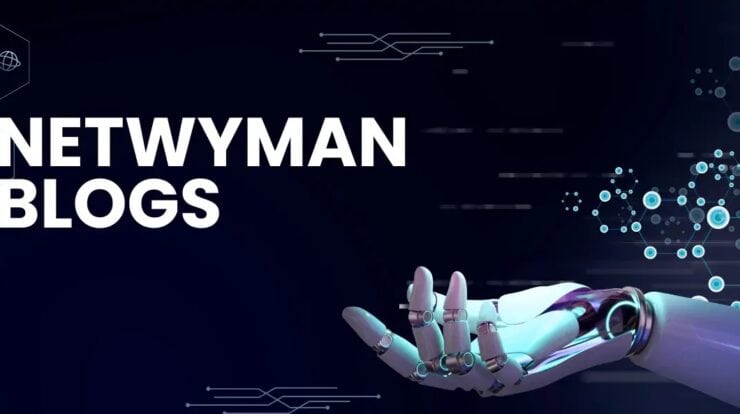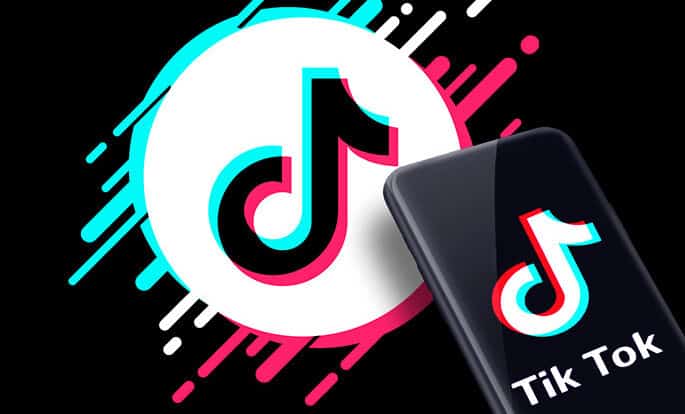
Let’s imagine a scenario. You are invited to speak at an event. As you take the stage, you start showing slides reflecting big numbers and data on the projector. The data visualization, slide design, and overall structure of the presentation seem perfect. But despite all this, by the end of the session, you feel that your audience didn’t get anything and struggled to relate to what you have presented.
Can you figure out why your audience could not connect with your presentation? Well, the reason is – you focused merely on data visualization without backing it with relevant context.
Most presenters focus on just sharing knowledge through their presentations without considering the fact that in today’s digital era, the audience can get knowledge from many sources. What they look out for is – insights on how to connect the dots and apply the knowledge to make informed decisions.
In this article, you will explore how, as a presenter, you can add depth and value to your data by supporting it with meaningful insights, interpretations, and perspectives. Let’s start!
Benefits of Sharing Insights
-
Boosts Relevance
Insights help the audience understand how the information being delivered corresponds to their needs, pain points, and interests and how they can use it to their advantage. By adding real-world context, you can make your presentations more relatable.
For example, if you are planning to deliver a presentation to inform the audience about the newly released version of software. You can highlight the features of the new version along with describing how it is better than the previous version and how it resolves the specific issues that users were confronting in the previous one. This insight can help them use your new software version to the fullest.
-
Enhances Credibility and Trust
You can establish yourself as a thought leader or a subject matter expert by sharing insights. It helps you earn the recognition of a trusted and valued authority, thereby winning the audience’s trust.
Organize your knowledge and share your insightful perspectives through business publications, presentations, blogs, articles, podcasts, webinars, video tutorials, etc. You can also use various social media platforms for this purpose. The inclination of people toward these digital resources has increased manifold in the last few years, and you can harness the popularity of online platforms to get your voice heard across different domains.
-
Increases Understanding and Engagement
You can’t engage your audience merely by sharing surface-level information, as it can be easily gained via studying and reading. If you truly want to connect with the audience at a deeper level and add value to your information, go the extra mile. Offer profound understanding, thorough analysis, and personal interpretation so that they can recognize patterns and generate new ideas.
The more they comprehend your perspectives and ideas, the more invested they will feel. They will be involved in your presentation not only as the audience but also as active participants, which is crucial to ensure the success of your talk.
-
Long-term Retention
Let’s recall school days and make a list of science topics from your secondary class that you still remember. There will be only some topics in your list that your teacher made you understand well through diagrams and lab tests. Those topics you crammed without understanding just before the exam day slipped out of your mind as soon as the exam was over. Right?
There is a close relationship between understanding and retention. The insights presented with the help of visually appealing Microsoft PowerPoint, Apple Keynote or Google Slides templates backed by infographics, charts, icons, maps, etc., and narrated in the form of a story can be better remembered by the audience even after your presentation.
-
Influences Perspective and Inspires Action
The contextual insights you share motivate the audience to think in a new way, consider other aspects, and uncover new possibilities. And in the process, they become less resistant to adapting to new changes and feel inspired to take the desired action.
For example, your organization has implemented a reformed work-from-home (WFH) policy. Along with communicating the main points of the policy to your employees, explain to them the need to reform the old policy and how the new policy will help them better manage their work and personal lives. By highlighting the positive impacts and benefits of the policy, you can encourage them to adapt to this new policy without hassle.
Balancing Knowledge and Insights
Remember, not all the audience members have a similar knowledge level. If, as a presenter, you directly start sharing insights (in-depth understanding) without providing the knowledge (the basic and essential information), the chances of losing the interest and attention of a few audience members are high.
Knowledge and insights are complementary. In presentations, both knowledge and insights have their own value and contributions to drive audience engagement. They work in synergy to convert your presentations from informative to transformative, empowering the audience to think meticulously and act decisively. So, you must give equal weightage to both.

![Create Meme GIFs with Best 4 Meme GIF Generators [Quick Guide]](https://www.seventech.ai/wp-content/uploads/2024/04/how-to-make-meme-gif.jpg)
